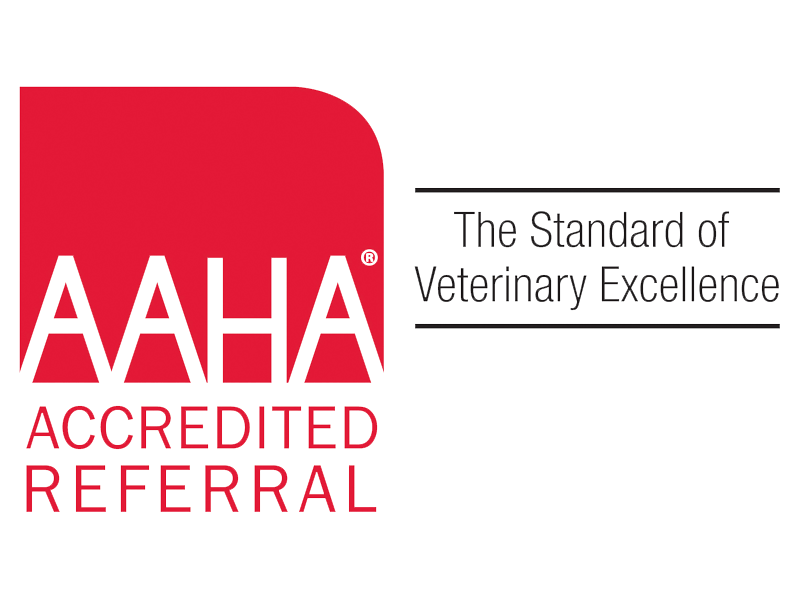Our veterinarians at All Pets use antibiotics to treat infections in dogs. While antibiotics don’t kill viruses, we sometimes prescribe them to treat secondary bacterial infections that can occur when an animal is ill from a viral infection. However, antibiotics can sometimes cause side effects. Therefore, we will discuss the common side effects of antibiotics for dogs and how to avoid them.
Antibiotics for Dogs
Side Effects of Antibiotics for Dogs
Vomiting
It can be difficult to determine whether your dog is vomiting because of their sickness or because of the medicine. However, some types of dog antibiotics, such as Clavamox and Doxycycline, seem to more commonly cause vomiting in dogs.
Make sure to follow your vet’s advice on whether to administer the antibiotic with or without food. Contact All Pets if your dog is vomiting after taking the medication, as this may mean that their system is not fully absorbing it.
Diarrhea
Another common side effect of antibiotics is diarrhea in dogs. After all, the medication is not just killing the bad bacteria, it is killing the good bacteria too.
However, this imbalance in the gut flora can result in diarrhea. Your vet here at All Pets can discuss a pup probiotic plan to help support the gut during this time.
Allergic Reactions
An allergic reaction is a serious side effect of antibiotics for dogs. Therefore, if you believe that your pet is having a reaction to an antibiotic, stop administering it and call your vet at All Pets immediately.
Common symptoms of an allergic reaction in dogs include the following:
- swelling
- rash
- hives
- difficulty breathing
- fever
- vomiting
- seizures
A Disinterest in Food
It is not uncommon for dogs taking antibiotics to start showing a disinterest in eating their food.
If this happens, consider feeding your dog a “bland” diet of soft, easily digestible foods. Bland diets typically consist of one carbohydrate source and one lean protein. This helps to rest the gastric system and assist in normal stool production.
Yeast Infections
Probiotics are common with antibiotics because of the potential to end up with a yeast infection. Dog antibiotics kill off the good bacterial in the digestive tract, often resulting in an overgrowth of the less friendly bacteria that naturally live the gut.
A yeast infection in dogs may appear in the following ways:
- rash
- itchiness
- eczema
- lesions
- diarrhea
- food allergies
How to Protect Your Dog from Side Effects of Antibiotics
When the Antibiotic is Prescribed:
- Let your veterinarian know if your dog has had adverse reactions to any medications.
- Ask questions so you understand why this antibiotic is recommended for your dog and what alternatives there are, if any, to this medication.
- Ask your veterinarian what signs of problems, adverse reactions to the medication, or a worsening of your pet’s condition.
When Giving the Antibiotic:
- Keep medication bottles out of reach of your pets and children.
- Don’t give your dog any medications, including over-the-counter (OTC) products, without consulting your vet first.
- Always read and follow the label directions.
- Contact your veterinarian at All Pets if you miss a dose or if you give too much (overdose) of the antibiotic.
- Always finish your dog’s prescription unless you are instructed otherwise by your vet.
These are just the basics of antibiotics for dogs. Contact us here at All Pets with the link below for more information!
















